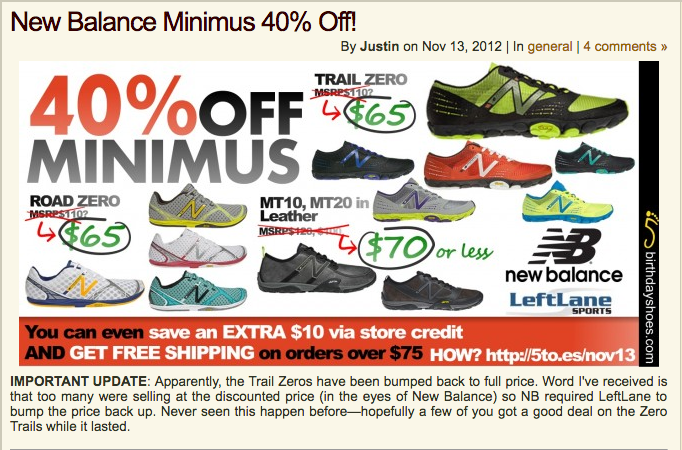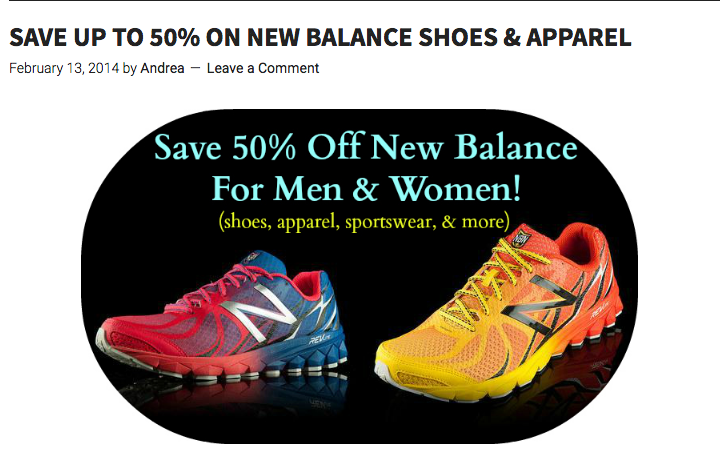

If your brand is concerned about keeping its online reputation healthy and its story consistent, you will need to take a proactive stance and begin looking closely at how your retailers are marketing digitally to their local audiences.
Many brands will typically associate reputation management with crisis management, dealing with issues and inconsistencies as they arise instead of remaining one step ahead.
Brands’ online reputations should not be treated as fires to be put out in response to one-off requests and crises. They must be handled proactively, constantly maintained to drive opportunity and avoid diverting it to competitors.
In a recent article by Forbes, advertising and marketing contributor Steve Olenski talks about the need for a shift in perceptions about brand reputation management. He writes, “We need to think about our reputations as a constant, competitive advantage; a driver of growth and prosperity; and a strategic asset. We need to think about reputation marketing.”¹
The opportunity at the heart of this idea of reputation marketing comes down to one question: How do customers perceive your brand? The closest these customers get to directly and meaningfully interacting with brands is via their local retailers. If these retailers are marketing your brand and its products in a disjointed way, chances are you will lose the opportunity for customer attraction, influence, and, ultimately, purchase.
Related content: 5 Obstacles to Local Marketing Alignment Between Brands and Retailers >


New Balance retailer disconnected, not aligned
Here at Promoboxx, we often hear about brand frustrations with their retailers marketing the brand and its products in an unprofessional or incorrect way on their digital channels.
Tom Taylor, Head of US Run Specialty Channel Marketing at New Balance, shared this with us in an interview earlier this year:
“One of the biggest challenges we faced with our retailers in the past was that they would get a new product, take a picture of it themselves, and share it out with maybe the incorrect name, technical info, or marketing slogan.”


New Balance retailer disconnected, not aligned
Retailer marketing mistakes like the one Tom mentioned lead to misrepresentations of the brand, creating a gap in the customer’s mind. In order to keep the brand image healthy and win the battle for customer mindshare, there has to be a certain level of marketing consistency in these retail channels. With this kind of solidarity, the brand story and message only becomes more impactful.
Related content: The Top Digital Campaigns Showcasing Brands and Local Retailers >
Brands are storytellers, communicating an intended message and image to local customers. To remain consistent and convincingly bring these customers along for the journey, it has become crucial that retailers market the brand and its products at a similar standard of professionalism and consistency.
“By providing the right assets to our retailers, they can avoid posting product photos from their shop floor or store parking lot and can elevate their social accounts by featuring brand imagery that appeals to the consumer. Aligning with our retailers in this manner elevates the brand in all channels and provides a consistent experience to our consumers.”
-Kent Hawkins, Channel Marketing Manager – Americas at Arc’teryx
“By aligning to the national brand message, smaller retailers can take advantage of the broad message being told by the brand and make it actionable on the sales floor.”
-David Calvert, Trade Advertising Manager at GE Appliances
By connecting with your local retailers and actively supporting them in their brand marketing efforts, you can begin to drive local message consistency and keep your online reputation healthy, all while guiding them on the way to greater retail marketing success.
Ease your concerns of products being misnamed or features not being explained correctly. With Promoboxx, brands like New Balance, GE Appliances, and Arc’teryx are able to provide all of their retail partners (regardless of size) with access to campaign content that retailers can promote across their digital marketing channels to local customers.
Hear why Tom Taylor, Head of US Run Specialty at New Balance, partners with Promoboxx to ensure that their retailers are telling the right story:
¹Source: Forbes, Why Brands Should Think Reputation Marketing, Not Reputation Management, to Win the Future
5 Obstacles to Local Marketing Alignment Between Brands and Retailers >
Brands Turn to Brick-and-Mortars Amidst Retail Disruption >
The Top Digital Campaigns Showcasing Brands and Local Retailers >
5 Ways Co-Op Advertising Could Be Made Easier [Retailer Survey] >
4 Secrets to Help Retailers Become Your Best Local Advertisers >

